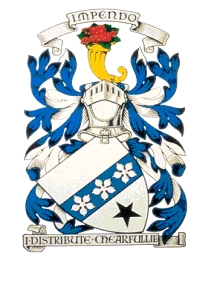|
|
The Game of Curling Although there are earlier records of ice games, it is likely that modern curling has its origins in Scotland, in the early part of the sixteenth century, as a primitive game of quoits on ice. Major events such as the introduction of rounded stones, of artificial ice, of playing four-aside, and the discovery of the "curl' or the 'twist', can be chronicled in Scottish curling records. At the same time, one can relate the evolution of the game to improved organisation; from early inter-parish bonspiels to the formation of the Royal Caledonian Curling Club and, more recently, to the establishment of the International Curling Federation and modern world championship play. In his little book "Curling Basics", Roy Sinclair begins with the statement that curling is like bowls on ice, where players play their bowls or stones with the aim of ending up nearest the target. But he quickly goes on to point out that there is much more to it than that. At the very least, the aim is to slide a stone down a sheet of ice and have it stop as near as possible to the button - but it is also essential to ensure that the opposition cannot do anything about it!
In normal Rinks play, each team has four players - the Lead, Second, Third and Skip. The Skip gives instructions to the other players in his or her Rink, both as to the line in which the stone shall be sent and the weight with which it should be delivered. A third important component is the "handle" - the direction of rotation with which the Skip wishes the stone to be sent up the ice as the "handle" will determine the direction of the curl or draw the stone makes as it reaches the end of its travel. The Skip may ask a player to play a "guard", i.e. a stone left beyond the far hog-line but not yet on the "house", or he may want a stone to draw behind an existing guard and lie in a scoring position within the rings of the house. If the opposition already has stones in potentially scoring positions, the Skip may ask for them to be moved - either taken right out of the house or subtly moved to less dangerous positions. The book "Curling for Dummies" gives an insight into the strategies used to win an "end" of curling. In addition to delivering his two stones at each end, a player may also be involved in vigorously sweeping the stones of his other team members, again at the direction of the Skip. Sweeping can affect the distance which a stone will travel up the ice and the degree to which it draws as it approaches the head. In major championships an game of curling will normally consist of 10 ends but, in club curling, due to the time constraints imposed by the ice rink, 8 or 9 ends is more usual.
|


